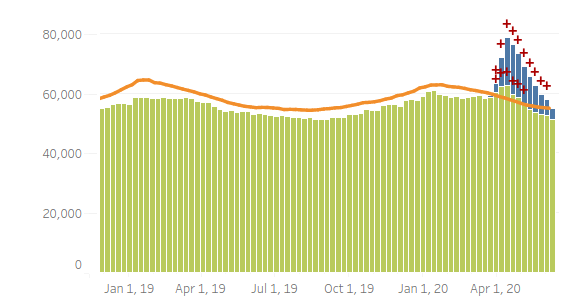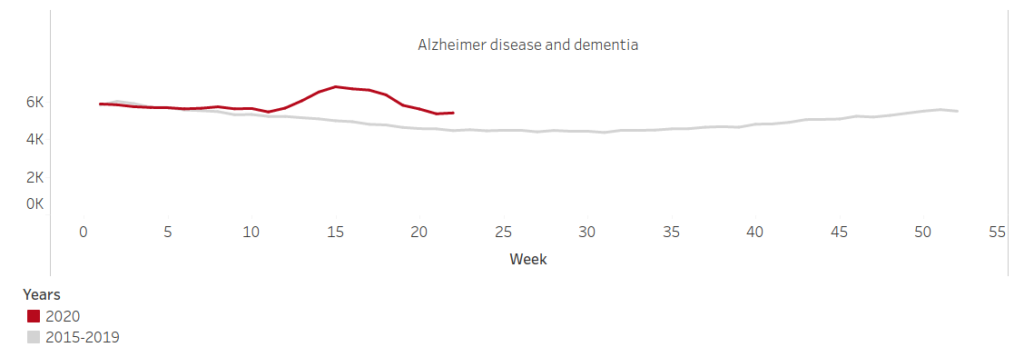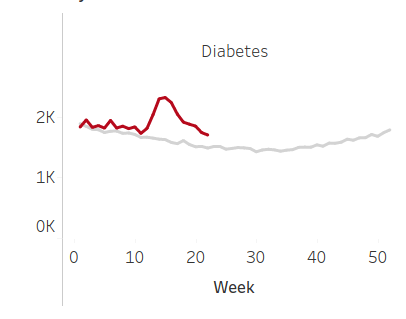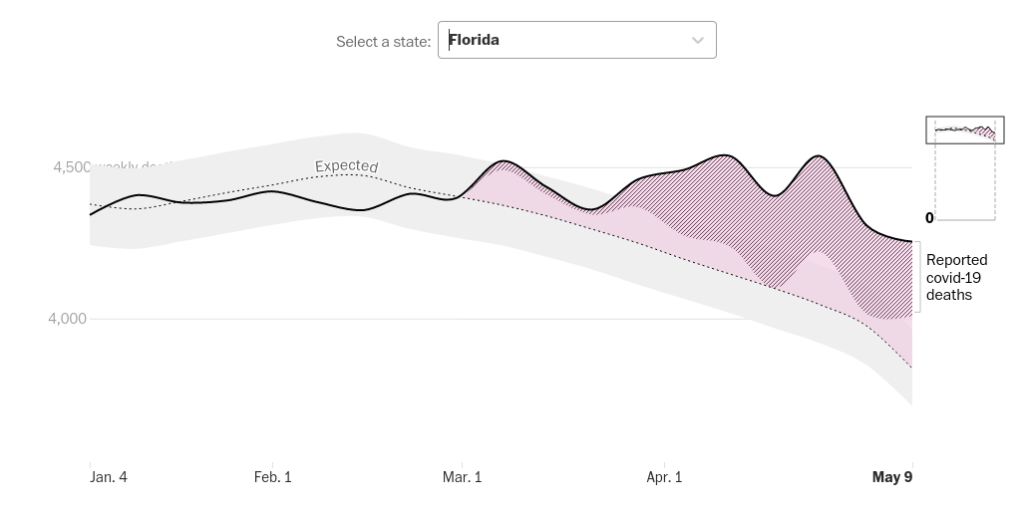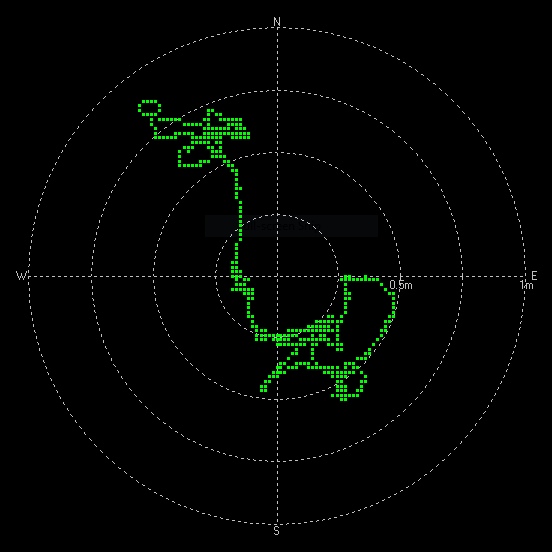It’s August 27th, 2020, how is Orange County Florida doing with COVID-19?
The number of new cases per day has seen steady decreases since late July, possibly due to a mandatory mask ordinance. The rate of decline has grown sluggish for the last two weeks and the number of daily cases is still ten times that recorded in April. Orange County is averaging 191 confirmed new cases per day over the last two weeks, compared to an average of 14 new cases per day in the first two weeks of April.
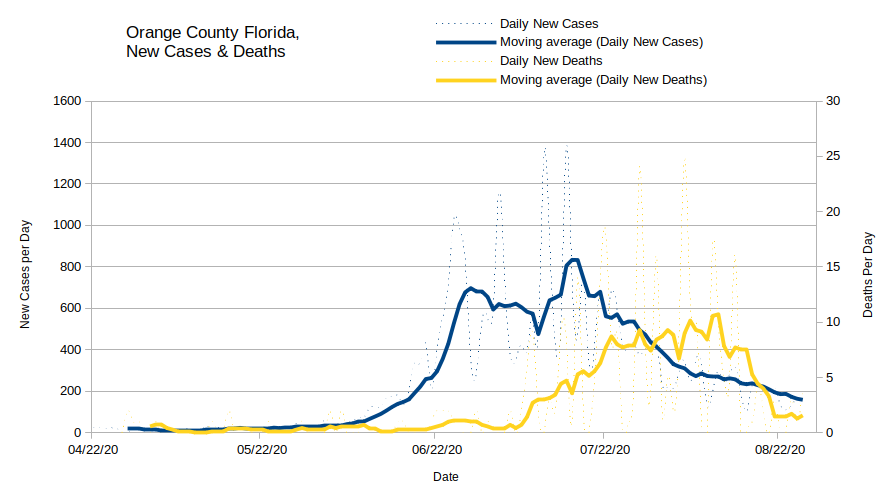
Deaths are lagging new cases by about 3 weeks and as the number of new cases have declined, the rate of deaths has also declined, averaging only 3 per day in the last two weeks. Unfortunately, the total number of deaths in Orange County has gone from 179 on July 27th to 369 today (adding 190 deaths), a doubling of total deaths in the last month.
If the new deaths curve is actually lagging the new cases curve by 3 weeks, and also plateaus at the current levels, we will have a sustained period of 5-8 deaths per day for the next month, doubling the total number of deaths to date in the next month. [My unfortunately correct prediction from last month.]
A Positive Sign
A positive sign is that the percent positivity rate on tests has hovered just above the 5% goal (and has actually been below 5% for 4 of the last 14 days), indicating that community spread is almost at a manageable level.
How many people have been infected
The US Census bureau estimated that Orange County Florida has a population of 1,393,452 people (July 1st, 2019). The Florida Department of health reports today that 35,245 cases of COVID-19 (confirmed by either a positive PCR or Antigen test result) have occurred in Orange County so far. That means at least 2.5 percent (35245/1393452 =.02529330) of the population has been infected.
The actual number is likely to be higher, as many infections are asymptomatic, or not confirmed with a lab test. Robert Redfield, the director of the CDC estimates that the number of people actually infected may be up to 10 times higher than confirmed with lab tests, putting an upper bound of 25% of the population of Orange County as already having been infected.
How many people have been hospitalized or died
Of those confirmed infected, 1,089 or 3 percent ( 1089 / 35245 = .0309) have been hospitalized, and 369 have died. The death toll is currently 1 percent of all detected cases (369 / 35245 = 0.0104695701 ).
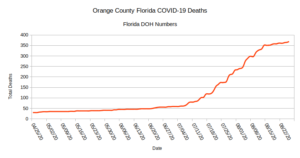
In the last month (July 27th to August 28th) the number of dead has doubled (from 179 to 369).
Florida average percentages for hospitalizations and deaths are 6.2% and 1.8% so Orange County has fared better than the rest of the state of Florida for hospitalizations and mortality so far.
Median Age is holding steady
Last month the median age of those infected was 42 , and this has held relatively steady, as 37 was the median age over the last 7 days. [The median age of Florida residents is 42.2 ]
However, Orange County schools have re-opened on Friday Aug 21st, with at least 30% of the students opting for in-person schooling. I would not be surprised to see a dip in the median age as school age children begin to be infected at school. Fortunately, young children vary rarely face serious consequences from infection, but they may drive an uptick in community spread leading to deaths in older adults.
[Charts/Numbers used can be found in this open document spreadsheet: orange_county_florida ]






